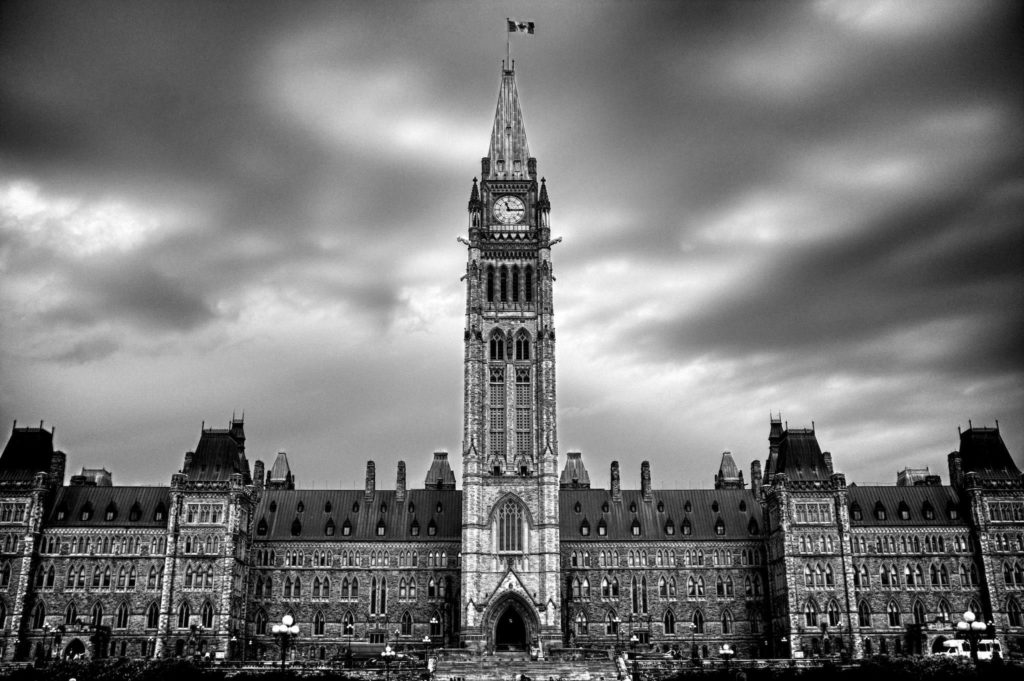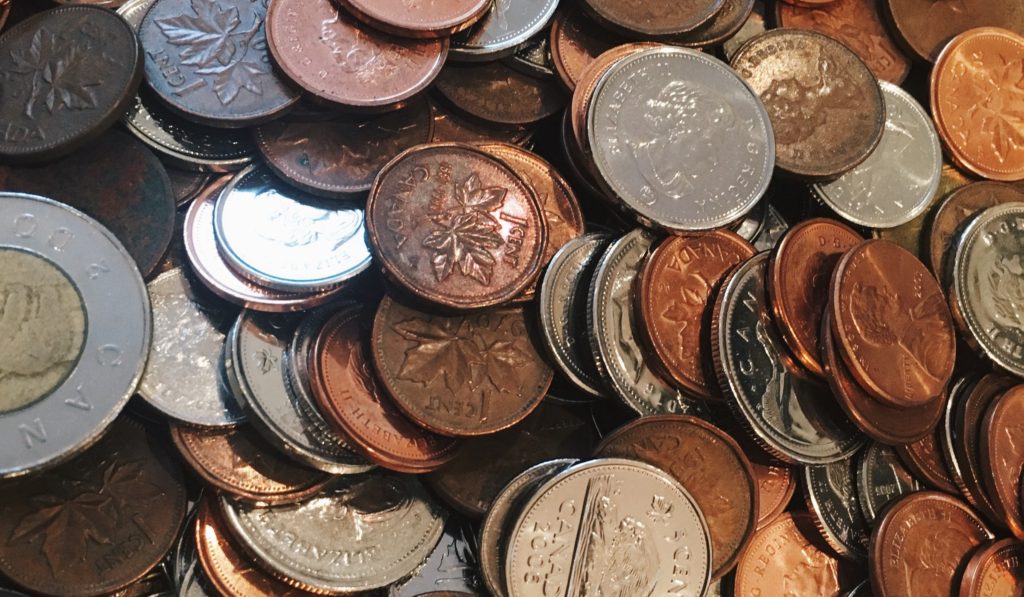Commentary
The Canada Recovery Benefit (CRB) is a bold step in the delivery of pandemic-related aid to self-employed and gig workers, who are poorly served by Employment Insurance. Advocates of reform to Canada’s income transfer system will find much to like about the CRB, and some may wish to make the…
The Canada Recovery Benefit may become an important source of support for self-employed individuals during the COVID-19 pandemic, particularly among those without employees. One important obstacle to the policy’s success is that the self-employed are a heterogeneous group that is not easily characterized, with workflows that do not fit neatly…
Federal emergency wage subsidies are poorly targeted, resulting in a fiscal cost of $25,000 or more for each person-month of employment saved through the program so far. Recent reforms attempt to target subsidies better to reduce fiscal costs, but the new approach creates disincentives for business growth that put the…
In response to COVID-19, and the public health response to it, Canada’s federal and provincial governments have accumulated debt in amounts not seen since World War 2. General government debt (federal plus provincial) is expected to exceed 100% of GDP — according to the latest forecast from the IMF …
The Federal government is in need of a new fiscal anchor. If there is one thing the current crisis has revealed on the fiscal policy front, it is that the debt-to-GDP ratio alone cannot adequately play that role. As a result, additional fiscal rules that allow potentially large deficits during…
By Kyra Carmichael, Nicholas Liban Dahir and Kevin Page In its upcoming speech from the throne on September 23, the Trudeau government is expected to lay out a new economic recovery plan with new spending measures that could add significantly to the budgetary deficit and so to the federal debt.…
The federal debt is rising fast and is likely to reach at least 63 percent of GDP by 2025, a level not seen since the fiscal crisis of the 1990s. But the current low level of interest rates (if continued in the future) mean that the debt-to-GDP ratio is sustainable…
This instalment of the Finances of the Nation Research Roundup Series covers the Bank of Canada Monetary Policy Report, profit shifting by multinational enterprises, a number of Canadian think tank articles relevant during the pandemic, Newfoundland and Labrador’s fiscal update and much more.
The distribution of wealth in Canada is a hot topic, yet longer term trends are not frequently discussed. Piecing together many studies shows that the wealth share of the top one percent, stable over most the post-war era, may again be increasing. A broader view however shows there have been…
CERB is the most important, if temporary, new income support program in generations, but little is known yet about how and for whom it is working.








